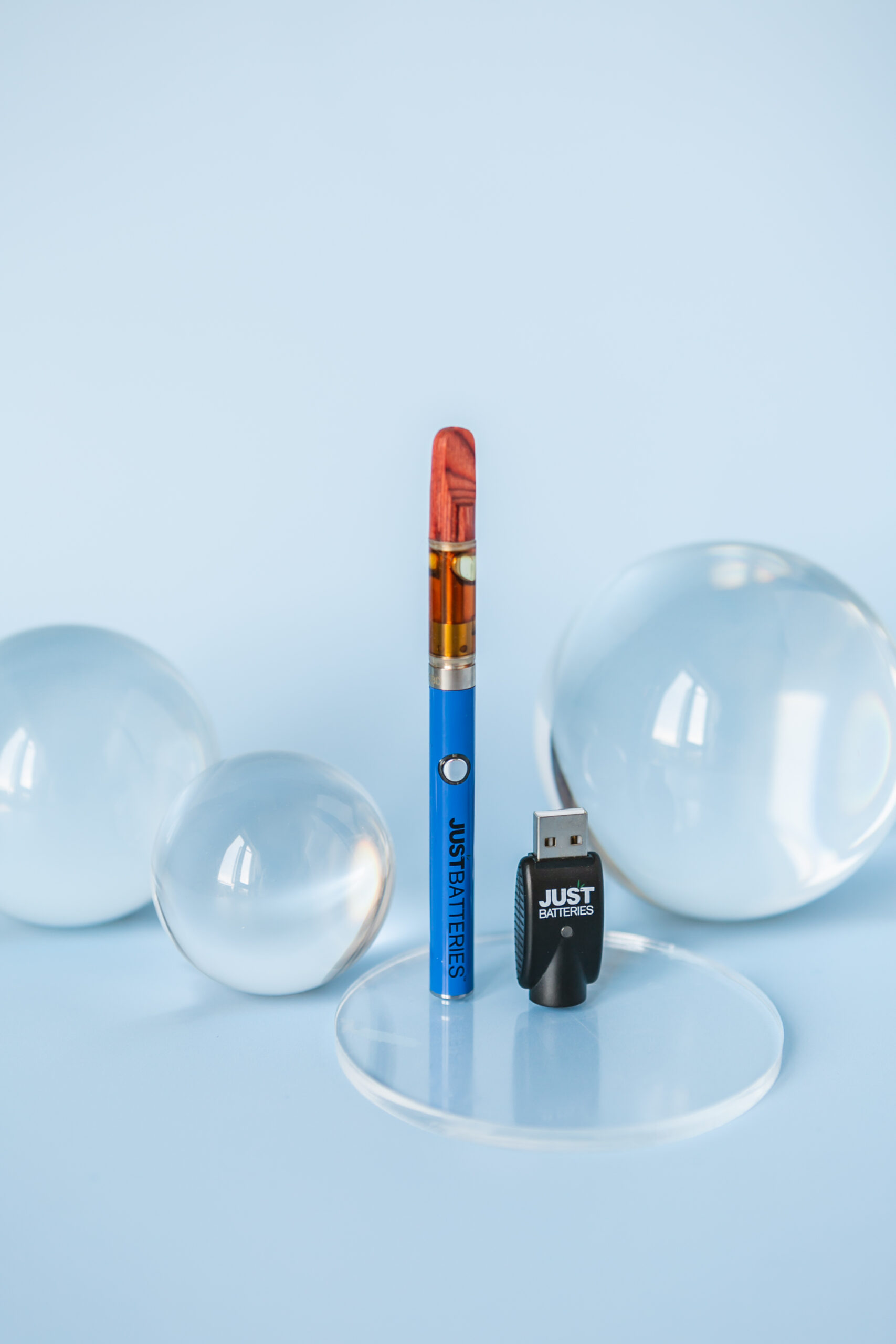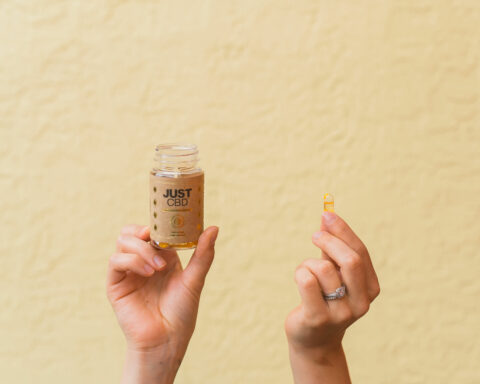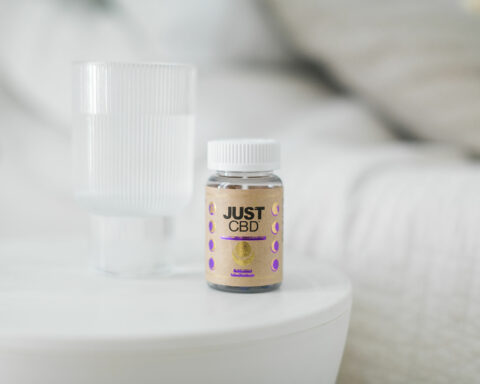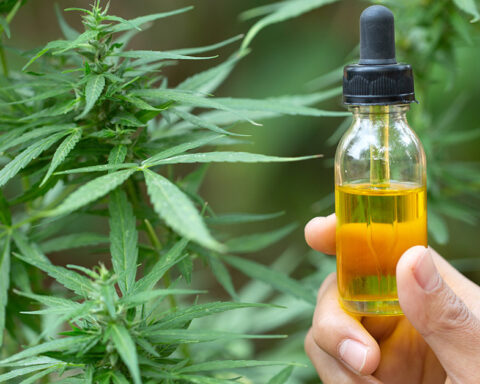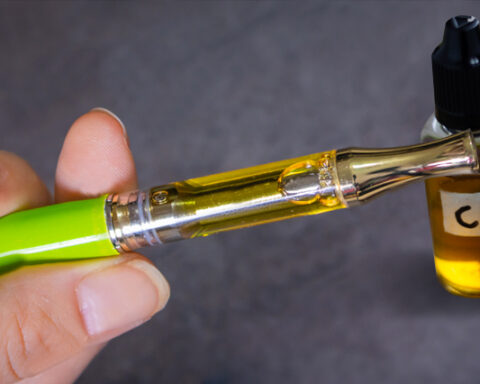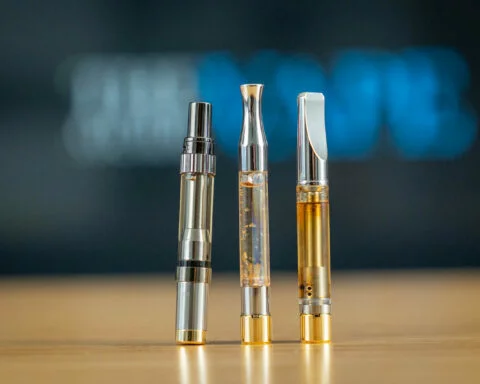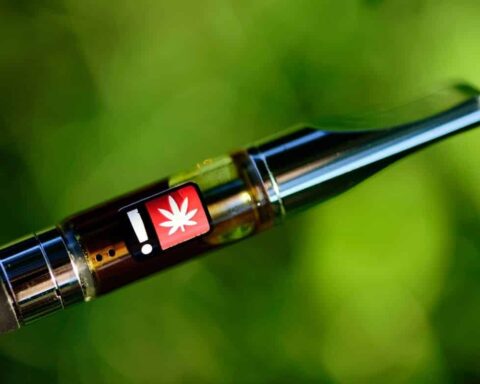Cannabidiol (CBD) is a chemical extraction of the cannabis plant excited for its potential health benefits from early research. CBD is non-intoxicating, unlike tetrahydrocannabinol (THC). Its products are common in most state pharmacies, health food stores, supermarkets, and restaurants. The various forms include; topical creams and balms, gummies, capsules, cigarettes, alcoholic beverages. Its products can be inhaled, taken orally, or applied topically. This article discusses the different consumption methods and how each method affects the user’s experience.
CBD Sublingual
It is the absorption of CBD through the blood vessels under the tongue. It is taken by dropper or spray straight into your mouth and is delivered straight to the bloodstream without passing through the liver or stomach. The sublingual products are CBD oil and Tincture, used interchangeably and have a similar outlook and use. Both are thick liquids that contain CBD, naturally occurring compounds extracted from cannabis. They are packaged in tinted glass bottles with droppers. Thus, people can use CBD sublingually by dropping it under their tongues.
It is advisable to drop a dose of the tincture under your tongue and hold it for at least 30 seconds before swallowing or apply it on the inside of your cheeks. This quickens the results, unlike when it is placed on top of the tongue and has to be swallowed since this means it has to go through your digestive tract, and CBD will be slowly absorbed into your body.
A CBD oil contains a CBD suspended in a carrier oil such as coconut or olive, while CBD tinctures are alcohol or glycerin-based solutions. Manufacturers soak cannabis in high-proof alcohol such as ethanol to make CBD tinctures, and the resulting CBD extract is either diluted or suspended in a carrier oil.
Pros of Taking CBD Sublingually
-Are more effective and potent since they are easily absorbed into the body, and results are noticed quickly
-High CBD concentration in the products means only a little is needed to make it work.
-The oil foam of CBD products allows for great flavors and precise dosing.
Cons of Sublingual Intake of CBD
-It is difficult to determine how much CBD you are getting from the dropper or sprayer per dosage if it’s not indicated on the bottle.
-Price may be higher per bottle with higher CBD content per dose.
CBD Topical
These are cannabis-infused and include enslaved people, balms, and creams only for external use. They are absorbed through the skin by being rubbed directly onto the skin to relieve pain or reduce inflammation. They are applied in a localized place on the body. They have a variety of uses, like relieving muscle or joint pain and skincare. From being absorbed by the skin, CBD joins to cannabinoid receptors and potentially provides you with therapeutic relief from pain and inflammation.
Pros of Topical CBD
-Ability to provide relief from pain-related behaviors and inflammation to some people without negative side effects. This makes them a great option for people with arthritis or even menstrual pain, especially the transdermal gel having a much wider effect.
Cons of Topical CBD
For effectiveness, topicals require a higher CBD, resulting in a higher price.
-Fatigue and drowsiness.
-Risk of skin irritation.
-Time required for the topical to take effect varies.
CBD Vapes
Refers to heating the CBD oil until it becomes liquid and then vaporizing it. This allows it to pass through the lungs by inhaling, hence quick absorption. Vaping is done using specific CBD oil, also known as CBD drip or vape juice, and offers the highest absorption among all CBD products.
Pros of Using CBD Vapes
-Vaping effects tend to be quick, as one can feel results within 10 minutes of inhaling.
-Due to inhalation and high absorption rate, you need less concentrated CBD to get similar results from highly concentrated sublingual CBD or ingestible.
Cons
-A vape pen or device is needed to help consume the right amount, making dosing difficult.
-Some CBD vape oils are more potent than others; hence they are not equal.
The absorption rate can be determined by how hot a vaporizer runs, how deeply someone inhales, and how long they hold their breath.
-One may be required to do some experiments to find the proper dosage and the right CBD juice or vape oil. There is no exact indication of how much CBD is in each puff, pull, or draw, and people have different vaping styles.
Conclusion
Taking CBD sublingually, vaping, or applying topically are all optimal methods of experiencing the effects of cannabinoids. Other ways include ingesting CBD in capsule or gummy form. The contents discussed in this article are meant only to educate and inform, not for any health or medical advice. Be keen to select a high-quality CBD product from a recognized company in whatever method you choose.
References
Burstein, S. (2015). Cannabidiol (CBD) and its analogs: a review of their effects on inflammation. Bioorganic & medicinal chemistry, 23(7), 1377-1385.
- What Are the 7 Chakras and How Can You Unblock Them? - April 19, 2024
- THCa Flower by Perfect Plant Markey - September 21, 2023
- Arches Audio Shares Their Secrets For Starting A Successful Podcast - July 7, 2023

